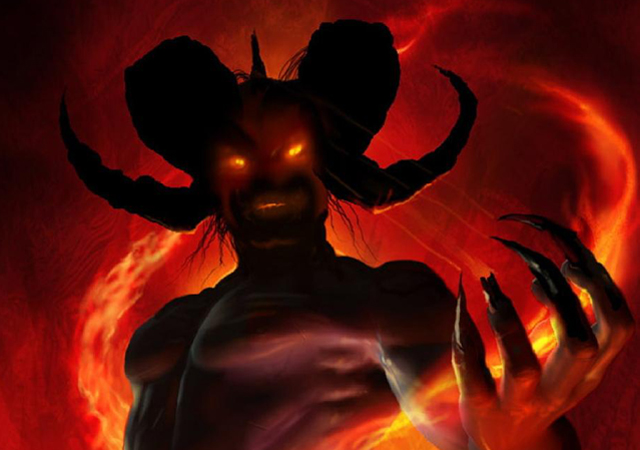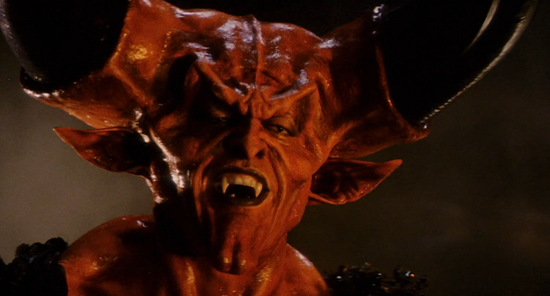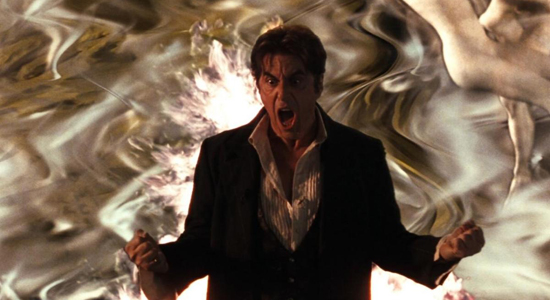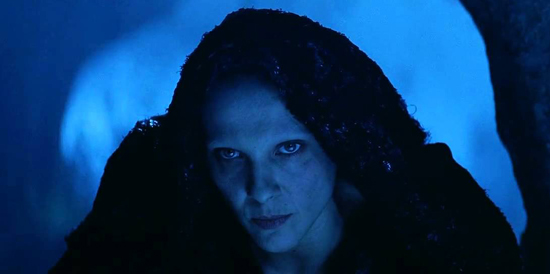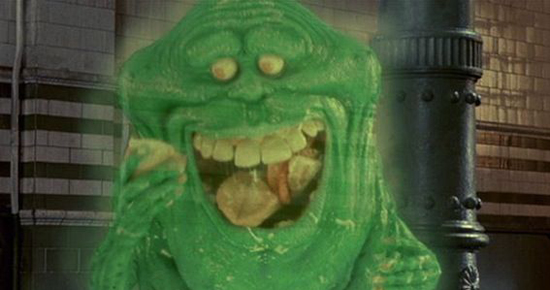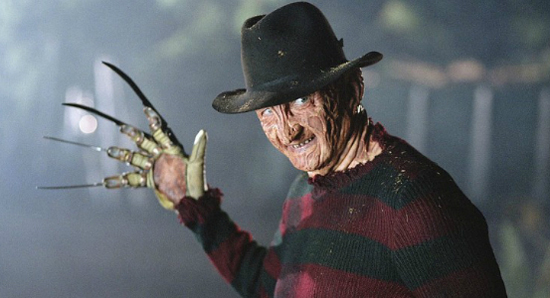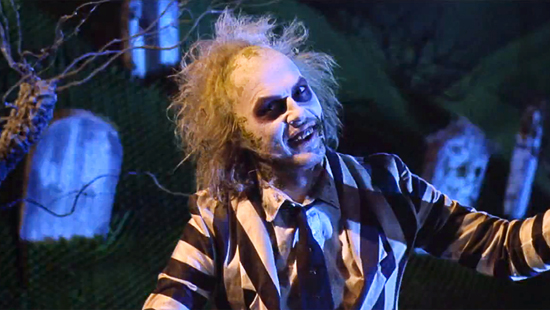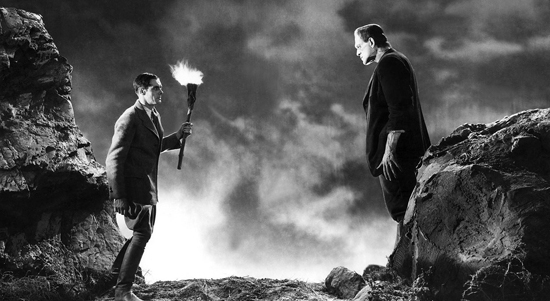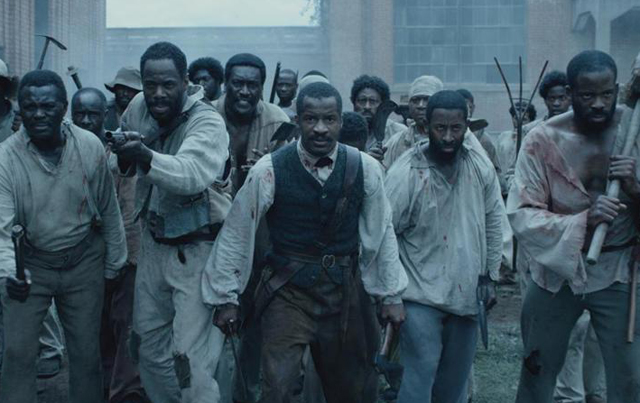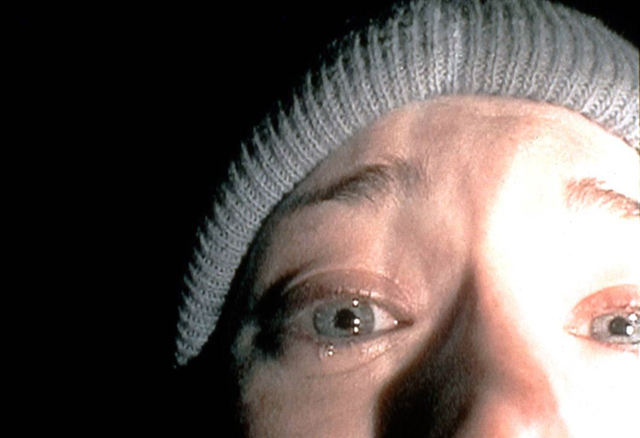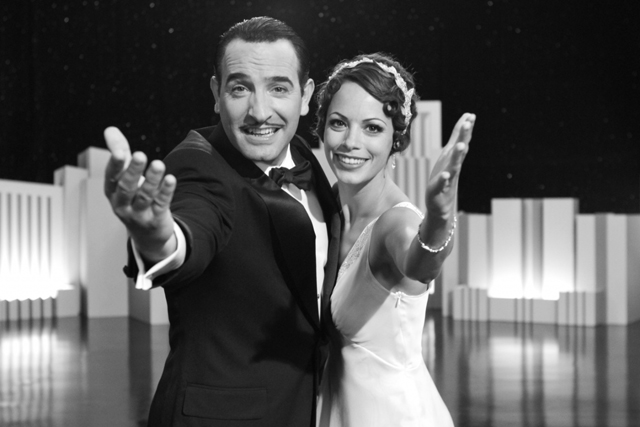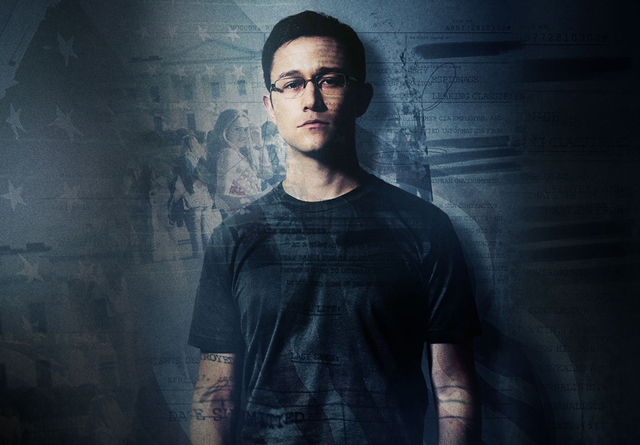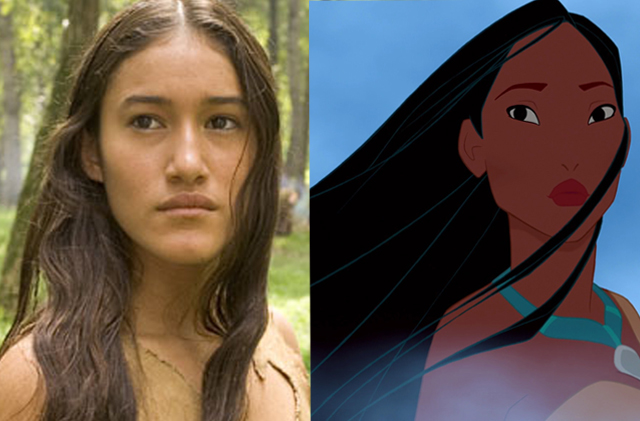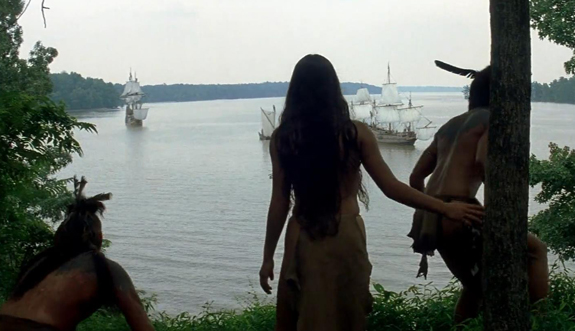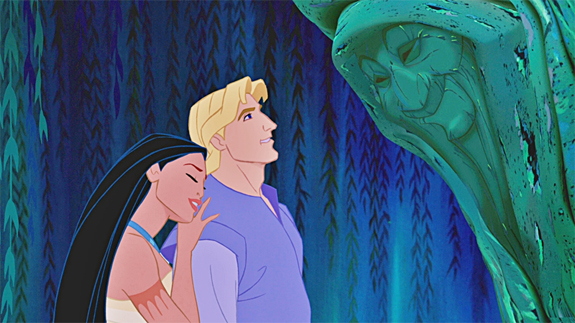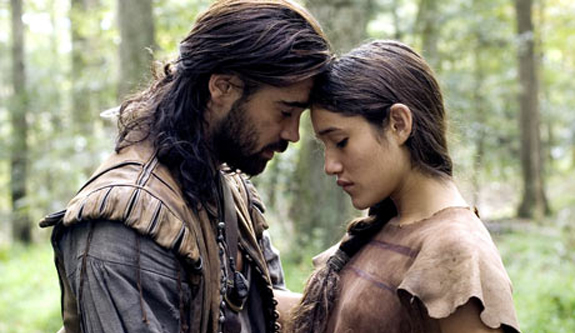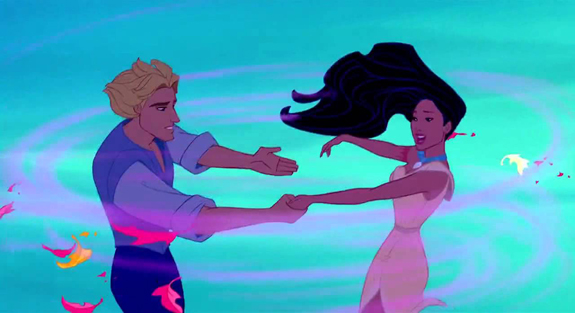
The fall movie season is well under way, but so far, the last few weeks have been pretty bare. With only Clint Eastwood’s Sully being the one breakout hit since summer, movie audiences have been craving something big from Hollywood. With Snowden, The Birth of a Nation, Inferno, Miss Peregrine’s Home for Peculiar Children, and The Girl on the Train all receiving tepid to outright terrible receptions, you have to wonder if it’s even worth it to release anything in the first couple months of Fall anymore. At this point last year, we had already seen The Martian and Hotel Transylvania 2 hit big numbers, so you would think that now is a point this year that Hollywood is beginning to see some problems. Thankfully, the second half of the Fall season is here and what better way to kick it off than a new film from the ever reliable Marvel Studios. Marvel returns to the fall season for the first time since Thor: The Dark World (2013) with yet another film that seems like a big gamble for the studio. After showcasing dynamic earthbound heroes with Captain America and Iron Man, as well as celestial heroes with Thor and Guardians of the Galaxy, Marvel now brings us a different kind of flavor to their many interesting worlds, and that’s the realm of the mystical with their new movie, Doctor Strange. Doctor Strange finally brings to the big screen a long time fan favorite in the comic book world and helps to place him within the larger Marvel stable that keeps growing larger every year.
Created by Steve Ditko in the 1960’s, Strange was definitely a product of his era. Strange’s mastery of magic and the manipulation of the physical and metaphysical worlds fit well with the psychedelia of the time and made him an instant hit among comic book readers. But, in the years since, Doctor Strange has been a hard character to sell to the public. Because of his background in mystical arts, he didn’t quite fit in as a superhero worth investing in on the big screen, like say Superman or Batman, who better fit the action hero mold. But fans of the comics long championed the character, and he has enjoyed a long history of popularity on the page, becoming a key member of Marvel’s Avengers line in the process. With the creation of Marvel’s Cinematic Universe (MCU) in the last decade, it finally seemed like the right time to give Strange his time in the sun, but it would have to wait until Marvel’s Phase 3 to actually happen. But, it’s here and now fans of the comics and casual viewers as well now have the opportunity to see if Doctor Strange is able to work on the big screen as well as his fellow heroes and if he’s another jewel in Marvel’s cinematic crown, or a serious misstep. It all comes down to whether the character works off of the page and that largely is up to how well the character is cast and if the movie manages to convey the trippier aspects of his mystical realm; neither of which is an easy thing to pull off. So, is Doctor Strange one more hit for the MCU or have they tampered with powers out of their control and fallen into a metaphysical spiral of their own making.
The movie introduces us to Doctor Steven Strange (Benedict Cumberbatch) a talented and successful surgeon from New York City, renowned for his steady hands that makes him exceptionally skilled with complex surgeries. A car accident one night leaves him severely scarred and unable to use his hands the same way as before. Seeing his livelihood disappearing before him, he seeks more experimental and unorthodox treatments to help restore his abilities and his search eventually brings him to a temple in Nepal where he has heard of miraculous healings being made. There he meets a mysterious and powerful woman named The Ancient One (Tilda Swinton), who persuades the cynical Strange that the answers he seeks are not in traditional science, but in the art of the mystical. Strange trains at the temple and learns how to use trans-dimensional magic to conjure up weapons for combat, open portals across great distances at will, and even manipulate the physical world around him. He’s also given guidance by the loyal monk Mordo (Chiwetel Ejiofor) and the resourceful librarian Wong (Benedict Wong). But, as his training goes on, he discovers that dark zealots of the same mystical arts are seeking to destroy the Ancient One’s protective temples, hoping to open up a gate to a dark realm where they’ll find immortality. Led by the sinister Kaecilius (Mads Mikkelsen), the zealots seek to destroy the Sanctums; sanctuaries built in great cities around the world to protect it from encroachment of the Dark Realm and it’s master Dormammu. Strange soon learns that he is charged with protecting this realm and many others from total annihilation, and with powerful artifacts like the Cloak of Levitation and the time altering Eye of Agamotto, he soon learns that he just might have what it takes to become the Sorcerer Supreme.
The success of this film is by no means a certainty. After many easy to comprehend heroes like Iron Man, Captain America, the Hulk, and Spider-Man, turning a Sorcerer who practices magic into a viable inclusion to this pantheon seems a little, well strange. Luckily, Marvel has built up enough confidence through all of their big screen adaptations to try everything they can and thankfully it works spectacularly well here. Doctor Strange is yet another solid effort by Marvel Studios, extending their winning streak even further. What could have easily been a mismanaged translation from the page to the screen instead feels right in line with the rest of Marvel’s body of work. And really, the biggest strength of the film is how well it introduces it’s concepts to the viewer. Strange feels very fresh in the comic book genre of movies, because we have yet to see this kind of hero specifically carry his own film. Instead of following the traditional urban action thrillers of the Avengers crew, or the space based adventures of the Guardians of the Galaxy, we learn about magic spells and inter-dimensional travel and the different possibilities found within the universe itself, and we watch as our hero goes from ordinary to extraordinary in ways we’d never expect. It’s more complex a world than what we’re used to in comic book movies, and yet, the movie never bogs itself down in the details. Instead, it builds it’s world carefully, revealing itself through the eyes of Strange, as he goes from amateur to expert. And while we’ve seen much of this hero-building before, it’s never been presented in this kind of fashion, with mysticism at the forefront. It indeed shows that magic has it’s rightful place within the MCU, along with mutant powers, super suits, and mythological Gods.
Speaking of which, if this movie has a like-minded companion in the collection of Marvel films, it would be the equally fanciful Thor. And like Thor, a large part of what helps to make the more mystical elements of the film more digestible for the casual viewer is the relatable-ness and likability of the characters. The casting of Chris Hemsworth as Thor helped to make his film a success, because of how well he was a match for the character, and Benedict Cumberbatch is exactly the same in the role of Steven Strange. In some ways, the casting seems unusual for Marvel. Before, they seemed more intent on casting unknowns or unexpected choices in their roles, helping the actors get the boost they need for their careers and cementing their image as the character. With Cumberbatch, he’s already had a successful career, both in popular franchises and elsewhere, so joining Marvel’s stable was not really anything he needed. Also, gaining such a familiar face might hurt the chances of him effectively leaving an impression on the character for years to come. And yet, I can think of no one who could have played the part better. His performance is what really grounds this movie, making him incredibly magnetic and yet sympathetic throughout. He starts off as a smartass (much like Robert Downey Jr.’s Tony Stark), but it never feels out of character, and it helps to humanize him too. I also have to commend the make-up and costume departments for doing such a great job of recreating the iconic look of the character, even with such a distinctive face as Cumberbatch’s behind it all. The other cast members such as Ejiofor, Swinton, and Mikkelsen are also great in the movie, and continue Marvel’s solid run of great casting choices. The only one that gets short ended is Rachel McAdams as the, I guess love interest Christine. She may have been pushed to the side for story purposes, and hopefully it’s something that is rectified in future sequels. Also, the Cloak of Levitation itself becomes a character in the movie, and it amazes me how well Marvel can find personality in even a piece of clothing like it.
If the movie has any flaw, it would be in the story itself, which is more a less a bi-product of the unfortunate fact that this is yet another origin film. We all know the routine by now; our hero is broken (either physically or mentally) and finds themselves at a crossroads, until they are suddenly granted new powers that enable them to extraordinary things, but are soon confronted by evil forces that challenge their strength and help our hero to learn that they must use their powers responsibly and for the good of the world. I’ve just described for you pretty much the plot of 90% of all the Super hero origin films that have ever existed, and Doctor Strange is no different. While it does do a fine job presenting the formula, it doesn’t add anything new to it either, and that unfortunately makes it feel all too familiar. I could anticipate plot points in this movie before they even happened, like Strange’s crisis of faith towards the end of the second act, or the breakthrough moment he reaches at the end of the first. The only subversion of the formula comes from the final act, when Strange is called upon to save the day. I anticipated that he was going to win in the end, I just didn’t know how, and the way the movie resolved was blessfully surprising. That’s not to say that you won’t be engaged in the story either. The film is well paced and offers up plenty of clever plot threads here and there; the best coming from some of the clever action sequences. But, because it plays it more safe with the formula, it becomes less interesting in the long run and prevents this from being one of Marvel’s absolute best, like the rule-breaking Guardians of the Galaxy. But, it’s a flaw that doesn’t ruin the movie entirely and you’ll still enjoy it for the most part. My hope is that with the origin out of the way, they can take more chances in the sequel.
One thing that I will praise highly of the film is the amazing visuals. This may just well be the most visually impressive Marvel film to date, and that is saying something. The magical spells are neat to look at enough, but it’s whenever the sorcerers begin to alter the physical realm around them, and turn the world itself on it’s head, that the movie really leave you with a sense of wonderment. Think the movie Inception (2010), but done on a much more spectacular level. The movie establishes the idea of a Mirror dimension, where the sorcerers can manipulate world physically without repercussion to the actual world, and that enables them to break the laws of physics in all sorts of ways. There is a spectacular sequence halfway through the movie when Doctor Strange and Mordo are on the run from Kaecilius in the Mirror dimension, and the dark wizard hunts them down by warping the city of New York all around them, making skyscrapers bend and twist in all sorts of unnatural ways, creating a colossal kaleidoscope of the cityscape. It’s a sequence that utilizes visual effects better than anything else I’ve seen this year, and really in a long while. If this movie doesn’t walk away with an Oscar for it’s visual effects next year, I don’t know what will. And yet, with all the trippy visuals on display, the movie never loses sight of the action. There’s no Michael Bay level of chaos on display here; the action is as easy to follow as anything else, even with all the eye candy on display. This is some of the best film-making I have seen from Marvel, and it shows that they still have some new tricks up their sleeve. A lot of credit goes to director Scott Derrickson for managing such a complex presentation without losing focus on the characters and the story. Believe me, a less assured director would have turned this into a complete mess. Doctor Strange thankfully is neither a mess nor a failure.
So, it’s safe to say that Marvel has yet another solid effort to their credit, and Doctor Strange has earned a rightful place alongside his more well known peers on the big screen. While the story feels a little too overly familiar, the movie does open up so many wonderful possibilities for the future. An inevitable sequel will help solve some of the first film’s shortcomings, and I honestly can’t wait until Strange plays a larger part in the MCU going forward (by the way, stay during the credits for some extra scenes that tie into that). It’s especially good to see someone of Benedict Cumberbatch’s talent and charisma within the role (and how well that could play out in the future with the character) and the amazing sense of scale that the filmmakers put into the film. Visually, this is Marvel at it’s best, even if the plot itself is them on auto-pilot. I also can’t ignore the complaints that this movie has garnered for the perceived white-washing of the character of the Ancient One. While it’s a serious issue in Hollywood in general, I don’t think that this movie intentionally tried to change the character for that purpose. While it’s an excuse that might not please every, the movie does address why the Ancient One is who she is, and it’s an explanation that, at least made sense to me. Also, Tilda Swinton is such a great actress in the role, that it really doesn’t make you care too hard in the end. I may not see the controversy in the same way, but it’s there nonetheless. Hopefully, people will accept the choice for what it is and this controversy will not affect the movie in the long run. Overall, it’s another great Marvel film, and a blockbuster that Hollywood desperately needs to get this Fall season back on the right foot. It may not be perfect, but it does enough good stuff amazingly well, that it will leave your movie going experience quite magical in the end.
Rating: 8/10
